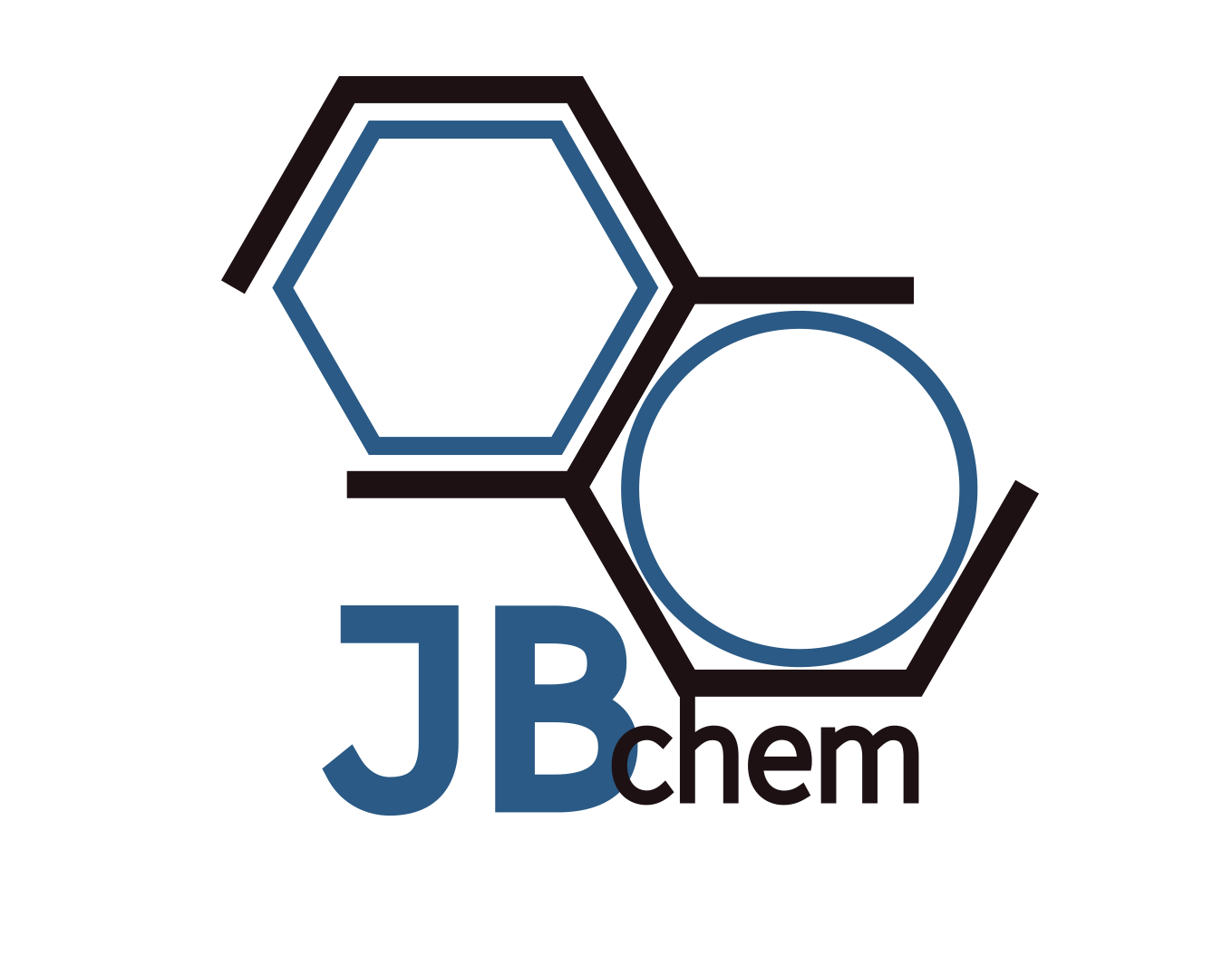Erbium Fluoride ErF3
Product Properties
Name: Erbium Fluoride
Formula: ErF3
CAS No.: 13760-83-3
Molecular Weight: 224.28
Density: 7.820g/cm3
Melting point: 1350 °C
Appearance: Pink powder
Specification of Erbium Fluoride
| Spec | 99.99% | 99.90% | 99% |
| Er2O3/TREO (%Min.) | 99.99 | 99.9 | 99 |
| TREO (%Min.) | 81 | 81 | 81 |
| Rare Earth Impurities | %Max. | %Max. | %Max. |
| Tb4O7/TREO | 0.0005 | 0.01 | 0.05 |
| Dy2O3/TREO | 0.0005 | 0.01 | 0.1 |
| Ho2O3/TREO | 0.001 | 0.03 | 0.3 |
| Tm2O3/TREO | 0.005 | 0.03 | 0.3 |
| Yb2O3/TREO | 0.0005 | 0.005 | 0.1 |
| Lu2O3/TREO | 0.0005 | 0.005 | 0.01 |
| Y2O3/TREO | 0.0005 | 0.1 | 0.5 |
| Non-Rare Earth Impurities | %Max. | %Max. | %Max. |
| Fe2O3 | 0.0005 | 0.001 | 0.005 |
| SiO2 | 0.001 | 0.005 | 0.02 |
| CaO | 0.005 | 0.005 | 0.02 |
| Cl- | 0.005 | 0.02 | 0.05 |
| CoO | 0.0005 | ||
| NiO | 0.0005 | ||
| CuO | 0.0005 |
Application of Erbium Fluoride
- Erbium fluoride is used in the manufacturing of erbium-doped fiber amplifiers (EDFAs), which are crucial components in long-distance optical communication systems. EDFAs amplify light signals directly without converting them into electrical signals, significantly increasing the efficiency and capacity of optical fiber networks. The erbium ions in ErF3 efficiently absorb and emit light in the near-infrared range, making them ideal for this application.
- ErF3 is used to produce erbium-doped lasers, which have a variety of applications, including in the medical field (for both surgery and skin treatment), telecommunications, and materials processing. These lasers are particularly valued for their ability to emit light at wavelengths that are safe for human eyes, making them suitable for surgical applications and in other settings where safety is a concern.
- Erbium fluoride is used in the deposition of thin film optical coatings on glass and other substrates. These coatings can modify the reflective and transmissive properties of optical components, improving the performance of lenses, mirrors, and other optical devices in lasers, cameras, and scientific instruments.
- ErF3 doped materials are used in photonics, including upconversion phosphors that convert infrared light into visible light. This property is particularly useful in solar energy applications, where converting sunlight from wavelengths that solar cells do not efficiently convert into wavelengths that are more efficiently converted can enhance the overall efficiency of solar panels. Additionally, upconversion materials are used in bioimaging and security printing.

